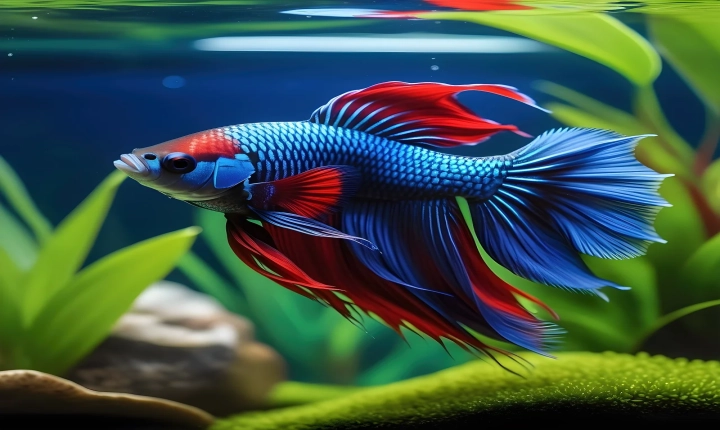Title: How to Save an AI File as SVG: A Step-by-Step Guide
As technology advances, the demand for scalable vector graphics (SVG) has increased, especially with the rise of web and mobile app development. Adobe Illustrator (AI) remains a popular tool for creating vector graphics, but many users are left wondering how to save their AI files as SVG. In this article, we will provide a step-by-step guide on how to efficiently save AI files as SVG, and discuss the benefits of using SVG in various design projects.
Step 1: Open your AI file in Adobe Illustrator
Before you can save an AI file as SVG, you first need to open it in Adobe Illustrator. Once the file is open, ensure that your vector graphics are properly formatted and organized, as this will affect the quality and accuracy of the final SVG file.
Step 2: Select the artwork
After opening the file, select the vector graphic or artwork that you want to save as an SVG. If you have multiple elements in your AI file, make sure to group or isolate the specific artwork that you want to convert to SVG before proceeding to the next step.
Step 3: Save as SVG
With the artwork selected, navigate to the “File” menu and select “Save As”. In the dialog box that appears, choose “SVG” as the format and specify the location where you want to save the file. It is important to note that Adobe Illustrator provides options for customizing the SVG conversion settings, including preserving Illustrator editing capabilities, font settings, and more. Adjust these settings based on your specific requirements before saving the file.
Step 4: Review the SVG file
Once the SVG file has been saved, it’s essential to review the output to ensure that the conversion from AI to SVG was successful. Open the SVG file in a web browser or a compatible graphics editor to examine the quality and accuracy of the vector graphics. Verify that all elements, including shapes, colors, and text, have been properly retained in the SVG format.
Benefits of Using SVG in Design Projects
Scalability: SVG files are resolution-independent, meaning they can be scaled to any size without losing quality. This makes them ideal for responsive web design and high-resolution displays.
Interactivity: SVG supports interactivity such as hover effects, animations, and clickable elements, making it a versatile format for web and mobile app development.
Accessibility: SVG files can be easily manipulated with CSS and JavaScript, allowing for dynamic visual effects and accessibility improvements, such as alternate text for screen readers.
File Size: SVG files are typically smaller in size compared to other image formats, which can contribute to faster page load times and improved performance in digital projects.
In conclusion, understanding how to save an AI file as SVG is crucial for designers and developers looking to harness the benefits of scalable vector graphics. By following the step-by-step guide provided in this article, users can ensure a seamless conversion from Adobe Illustrator to SVG, empowering them to create visually compelling and versatile designs for both web and mobile platforms.
